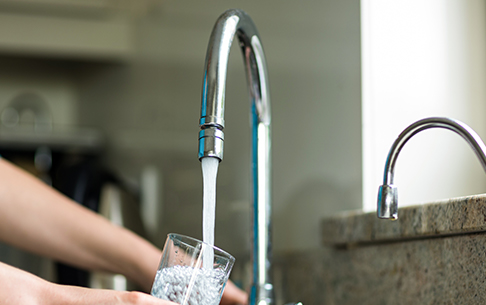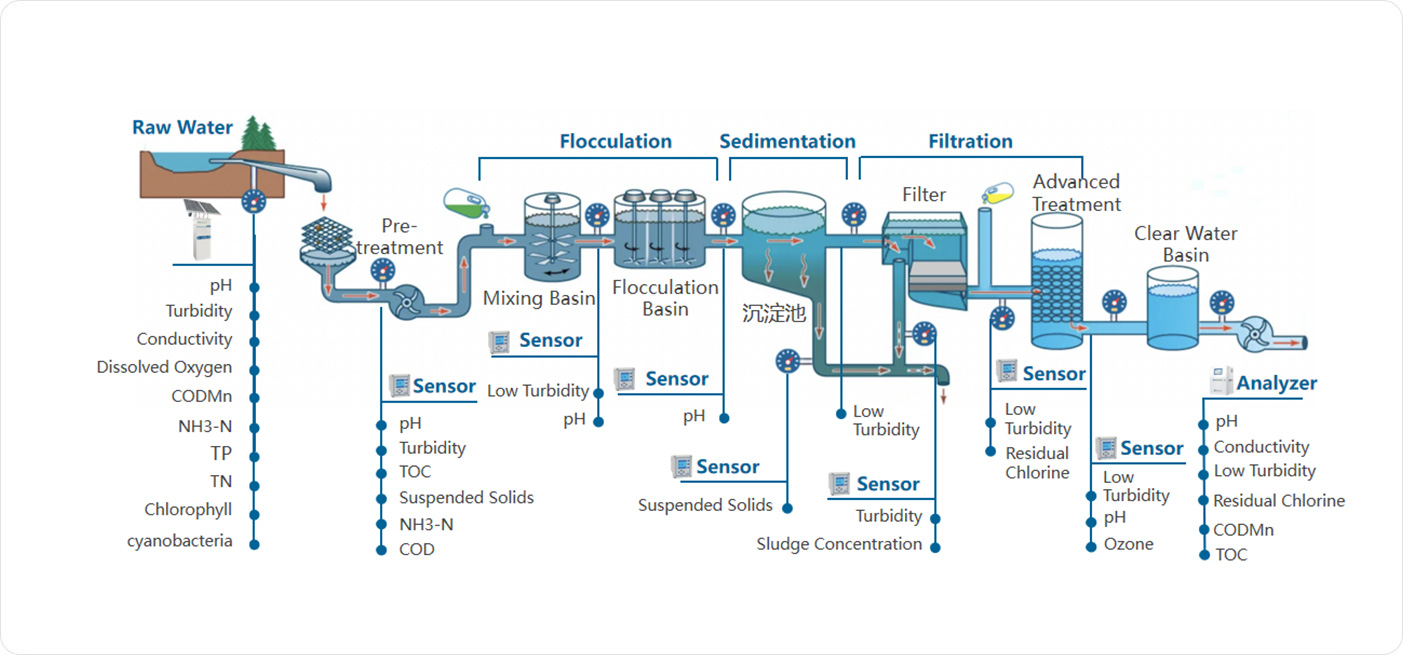Tap-water
Municipal water treatment plants require comprehensive water quality monitoring spanning raw water intake, treatment processes, finished water, and distribution endpoints. Increasingly, emergency monitoring during floods or contamination events is also critical. Linksens' integrated solution delivers end-to-end online surveillance from source water to critical production stages, enhancing process stability and operational efficiency.






